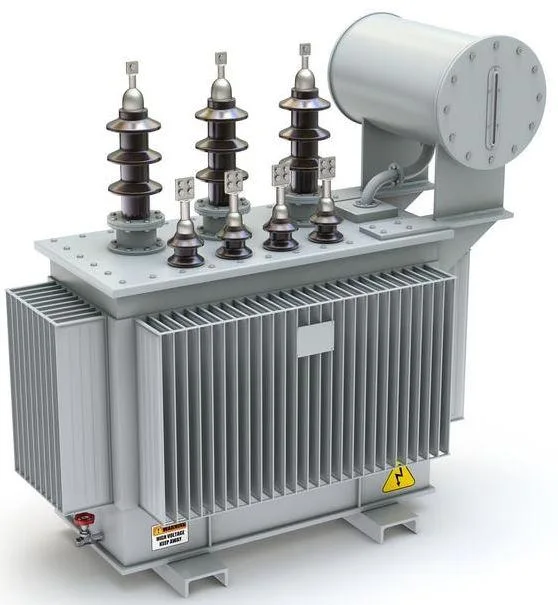Graphics Processing Units (GPUs) play a crucial role in modern computing, powering everything from gaming to artificial intelligence. However, these powerful components are susceptible to various factors that can cause damage and affect their performance. In this blog post, we will explore the key factors that can potentially harm your GPU and provide practical tips to protect and prolong its lifespan.
1. Overheating:
One of the most common and detrimental factors that can damage a GPU is overheating. When a GPU operates at high temperatures for extended periods, it can lead to thermal stress, reduced performance, and even permanent damage. To prevent overheating, consider the following measures:
– Ensure proper airflow within your computer case by cleaning dust regularly and optimizing cable management.
– Invest in high-quality cooling solutions such as aftermarket GPU coolers or liquid cooling systems.
– Monitor GPU temperatures using software utilities and adjust fan speeds or clock frequencies accordingly.
2. Power Surges and Electrical Issues:
Power surges and electrical fluctuations pose a significant risk to GPUs. Sudden spikes in voltage can overload the delicate circuitry of the GPU, causing irreversible damage. To safeguard against power-related issues:
– Use a reliable surge protector or uninterruptible power supply (UPS) to regulate voltage and protect against power surges.
– Avoid connecting multiple high-power devices to the same power outlet to prevent overloading the circuit.
– Consider investing in a high-quality power supply unit (PSU) with built-in surge protection and stable power delivery.
3. Dust and Dirt Accumulation:
Dust and dirt accumulation on the GPU and its cooling components can impede heat dissipation, leading to increased temperatures and potential damage. To keep your GPU clean and dust-free:
– Regularly clean your computer case using compressed air or a vacuum cleaner designed for electronics.
– Pay special attention to the GPU fans, heatsinks, and surrounding areas.
– Consider using dust filters on intake fans to minimize dust buildup.
4. Overclocking and Overvolting:
While overclocking and overvolting can provide performance boosts, they also increase the risk of GPU damage if not done correctly. To safely overclock your GPU:
– Research and understand the capabilities and limitations of your specific GPU model.
– Gradually increase clock speeds and monitor temperatures to ensure stability.
– Avoid excessive voltage increases, as they can significantly shorten the lifespan of your GPU.
5. Improper Handling and Installation:
Improper handling and installation can cause physical damage to the GPU or its delicate components. To avoid mishaps:
– Follow manufacturer guidelines and instructions during installation.
– Use an anti-static wristband or mat to prevent electrostatic discharge (ESD) damage.
– Avoid applying excessive force when inserting or removing the GPU from its slot.
Conclusion:
Protecting your GPU from potential damage is essential for ensuring optimal performance and longevity. By understanding the factors that can harm your GPU and implementing preventive measures, such as managing temperatures, safeguarding against power issues, keeping your system clean, and handling the GPU with care, you can maximize the lifespan of your graphics card. Remember, a well-maintained GPU not only delivers superior performance but also saves you from unnecessary expenses and frustrations in the long run. Stay informed, stay cautious, and enjoy the full potential of your GPU!


